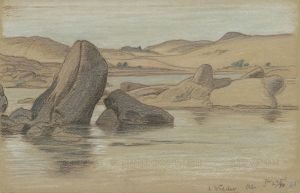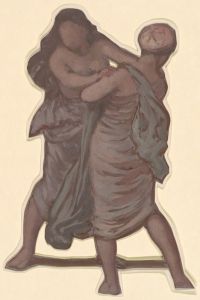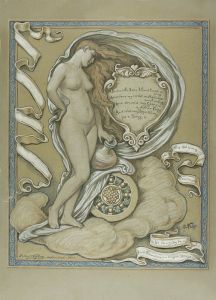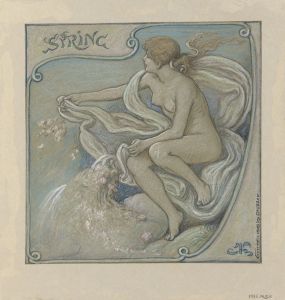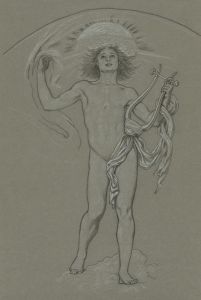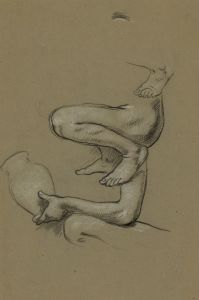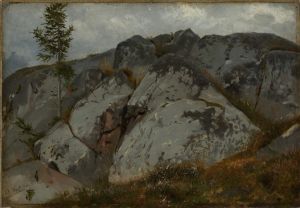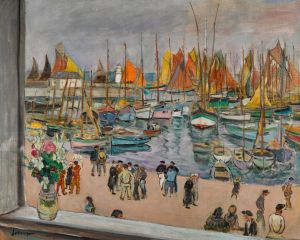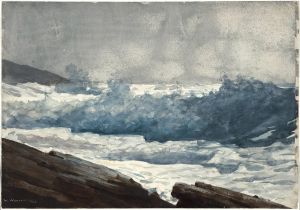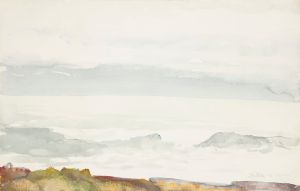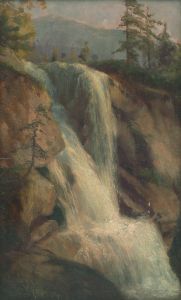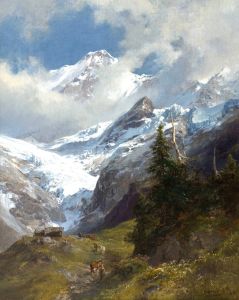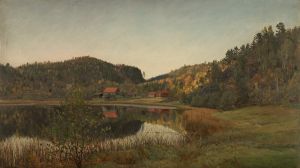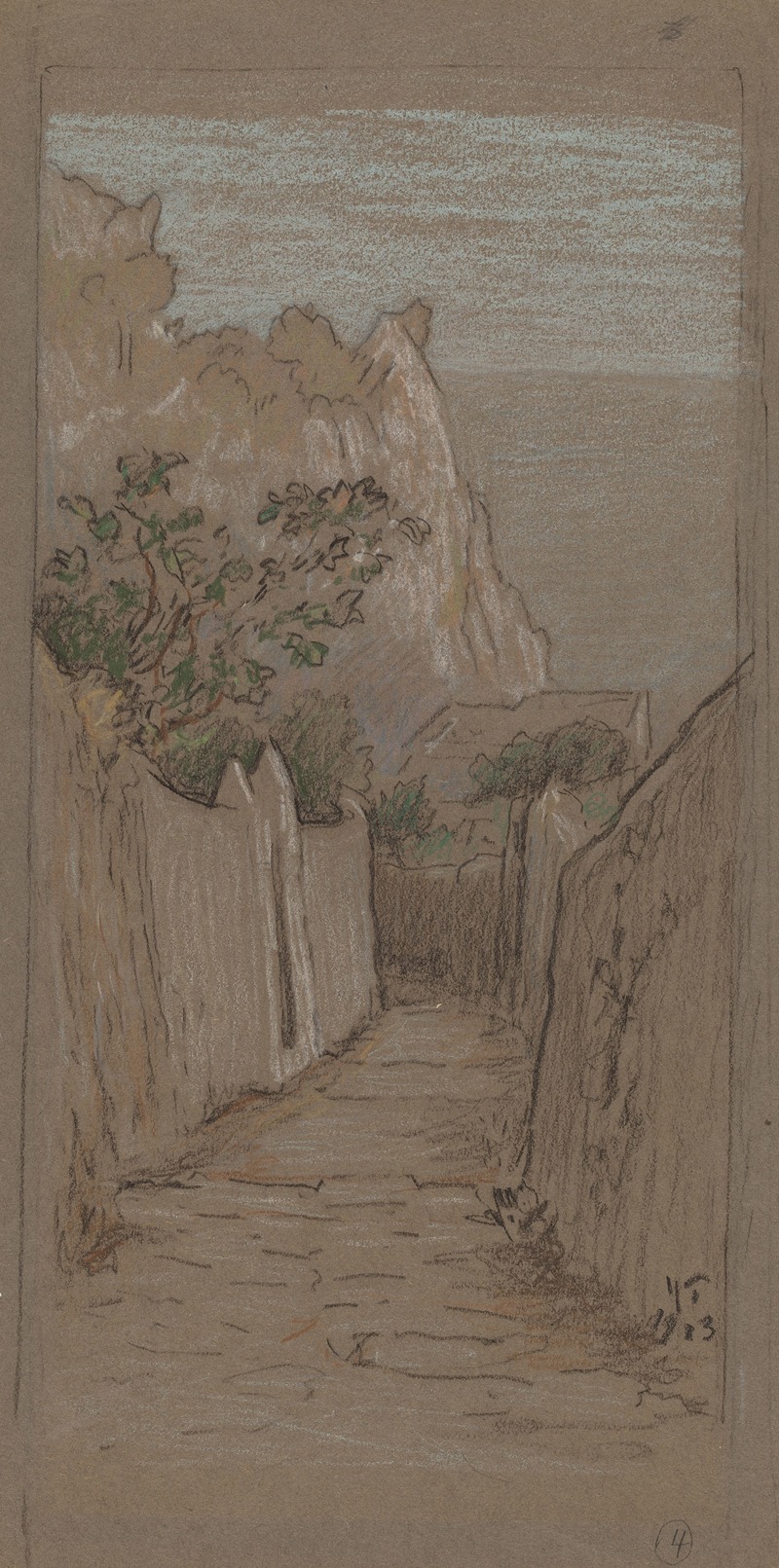
Capri
A hand-painted replica of Elihu Vedder’s masterpiece Capri, meticulously crafted by professional artists to capture the true essence of the original. Each piece is created with museum-quality canvas and rare mineral pigments, carefully painted by experienced artists with delicate brushstrokes and rich, layered colors to perfectly recreate the texture of the original artwork. Unlike machine-printed reproductions, this hand-painted version brings the painting to life, infused with the artist’s emotions and skill in every stroke. Whether for personal collection or home decoration, it instantly elevates the artistic atmosphere of any space.
Elihu Vedder, an American symbolist painter, created the artwork "Capri" during his extensive career in the 19th and early 20th centuries. Vedder was known for his mystical and allegorical themes, often drawing inspiration from literature, mythology, and his travels. Born in New York City in 1836, Vedder spent a significant portion of his life in Italy, where he was deeply influenced by the Italian landscape and culture.
"Capri" is one of Vedder's works that reflects his fascination with the Italian island of the same name. Capri, located in the Tyrrhenian Sea off the Sorrentine Peninsula, has long been celebrated for its stunning natural beauty, dramatic cliffs, and vibrant cultural history. The island has been a source of inspiration for many artists, writers, and musicians over the centuries, and Vedder was no exception.
While specific details about the painting "Capri" are limited, it is known that Vedder's works often combined elements of realism with symbolic and fantastical imagery. His paintings frequently explored themes of life, death, and the human condition, often incorporating dreamlike and otherworldly elements. Vedder's style was characterized by meticulous attention to detail, a rich color palette, and a penchant for creating atmospheric and evocative scenes.
Vedder's time in Italy, particularly in Rome and Capri, played a crucial role in shaping his artistic vision. The Italian landscape, with its unique light and historical resonance, provided a backdrop for many of his works. Capri, with its enchanting vistas and serene environment, likely offered Vedder a wealth of inspiration for his artistic endeavors.
Throughout his career, Vedder was associated with the American expatriate community in Italy and was part of a broader movement of artists who sought to capture the essence of the Italian landscape and its cultural heritage. His works were well-received in both Europe and the United States, and he exhibited in prestigious venues such as the National Academy of Design in New York and the Royal Academy in London.
In addition to his paintings, Vedder was also known for his illustrations, most notably for the 1884 edition of Edward FitzGerald's translation of "The Rubaiyat of Omar Khayyam." His illustrations for this work further cemented his reputation as an artist capable of blending literary and visual art forms.
Elihu Vedder's legacy as a symbolist painter and his contributions to the art world remain significant. His works continue to be studied and appreciated for their unique blend of realism and symbolism, as well as their ability to evoke deep emotional and intellectual responses. While "Capri" may not be as widely recognized as some of his other works, it remains a testament to Vedder's enduring fascination with the landscapes and cultures that inspired him throughout his life.





